Our Verdict
Things we liked I like big batteries and I cannot lie, the Coros Pace battery is biiiiig. The 25 hours of GPS use is normally only found on £500 trackers. The Pace is very simple to use. There aren’t endless menus with hundreds of options to choose between, so there’s no steep learning curve to scale. The heart rate tracking was incredibly accurate when compared with a chest strap, with almost no lag in the readings during interval sessions. The companion app is well developed and gives all your info in a clear manner, which is especially impressive considering this is Coros’s first sports watch. Things we didn’t like Coros seems to has taken Garmin as the inspiration for the design of the Pace – unfortunately not the sleeker models like the Forerunner 645, but the old, plasticky devices. The result is that the Pace is a sports watch you probably won’t want to wear when not training. Sports modes are restricted to the big three for now – running (indoor and outdoor), cycling (indoor and outdoor) and swimming (pool and open water), plus a triathlon mode to tie them all together. An intervals mode is coming to the Pace, but wasn’t present when I tested the watch. This is essential for any serious triathlon training device, so it will be important for Coros to get it right when it is introduced. There is no sleep tracking on the Pace. It’s not a huge loss, especially as only a few brands’ sleep tracking is good enough to be of long-term interest, but it is a feature that other trackers in the Pace’s bracket offer. Activity tracking stats like steps and active calories are shown only for the day, not over a week or a month, and resting heart rate isn’t given despite the heart rate monitor.
You can trust Coach
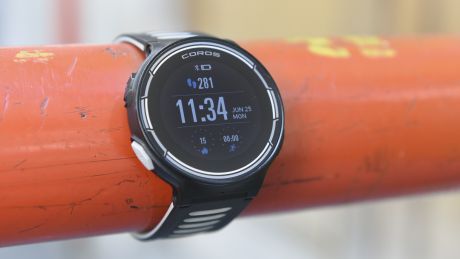
Coros Pace
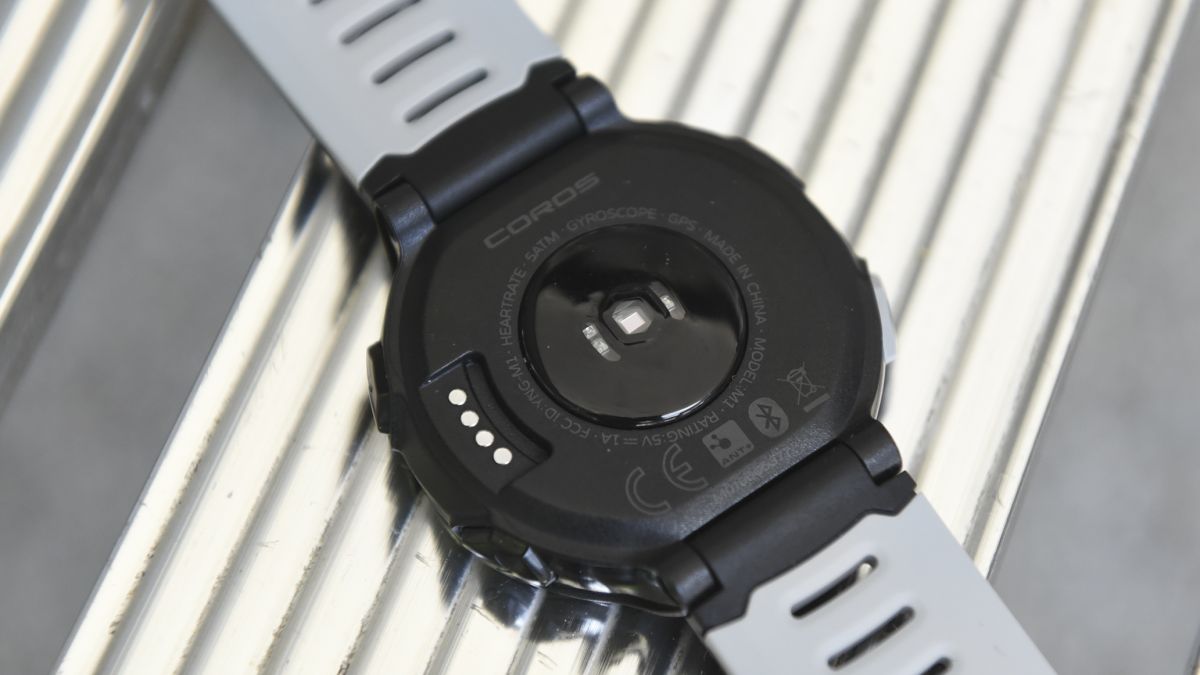
Coros Pace
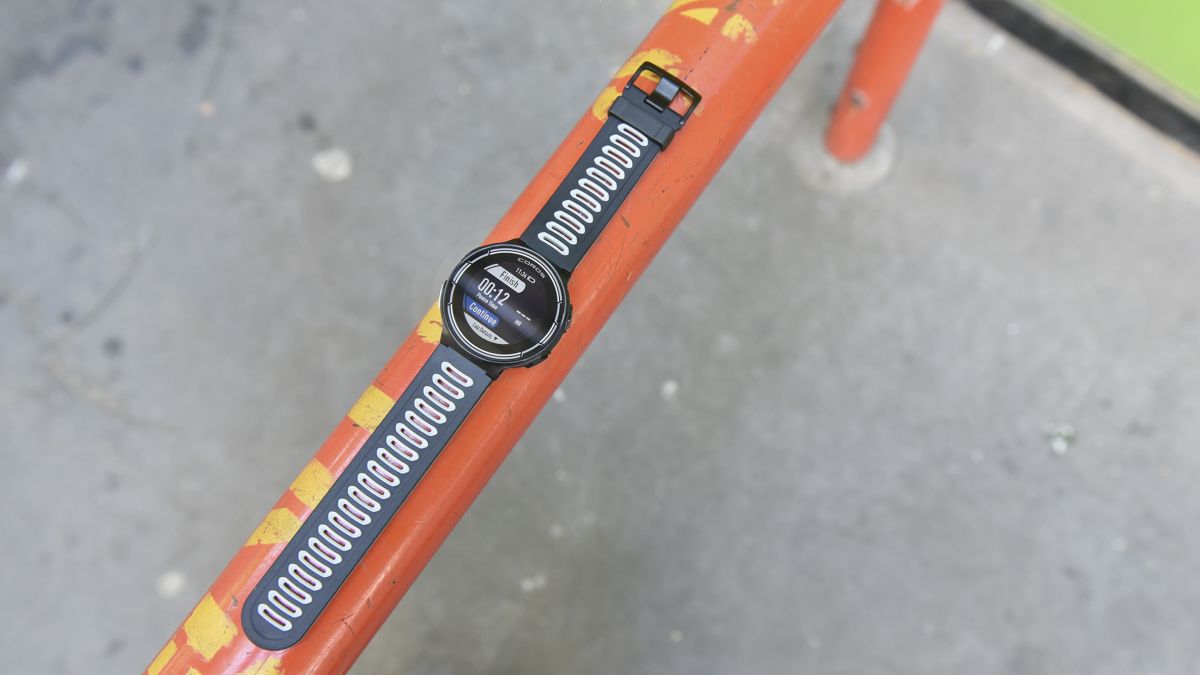
Coros Pace
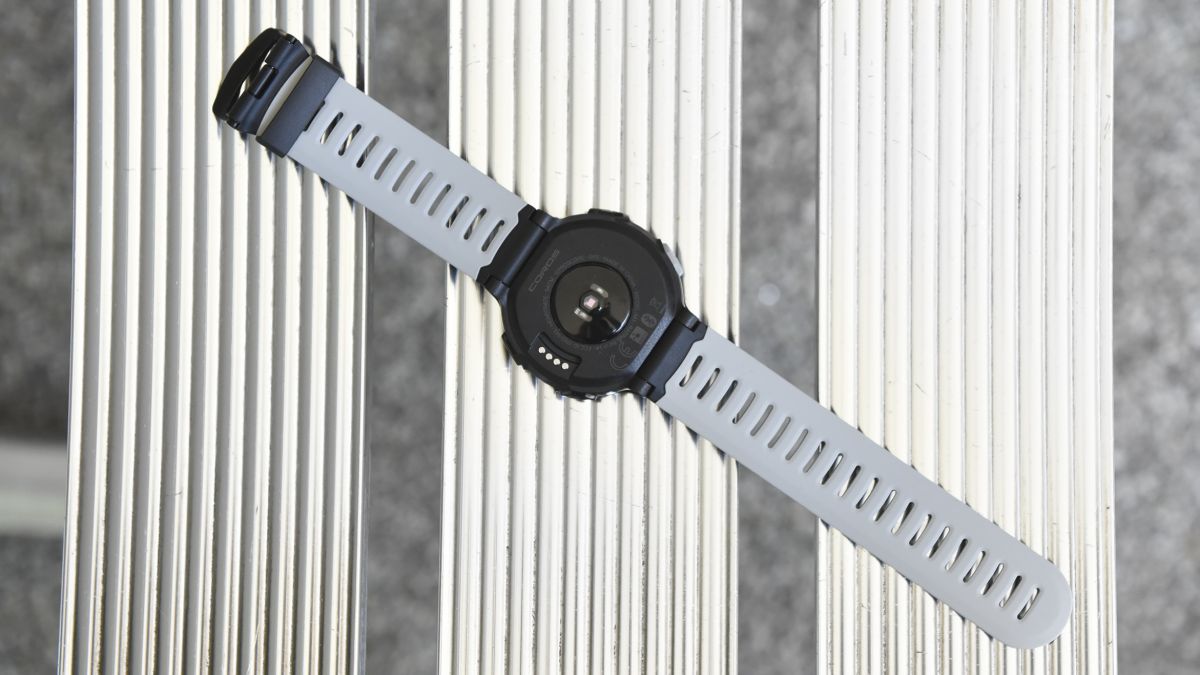
Coros Pace
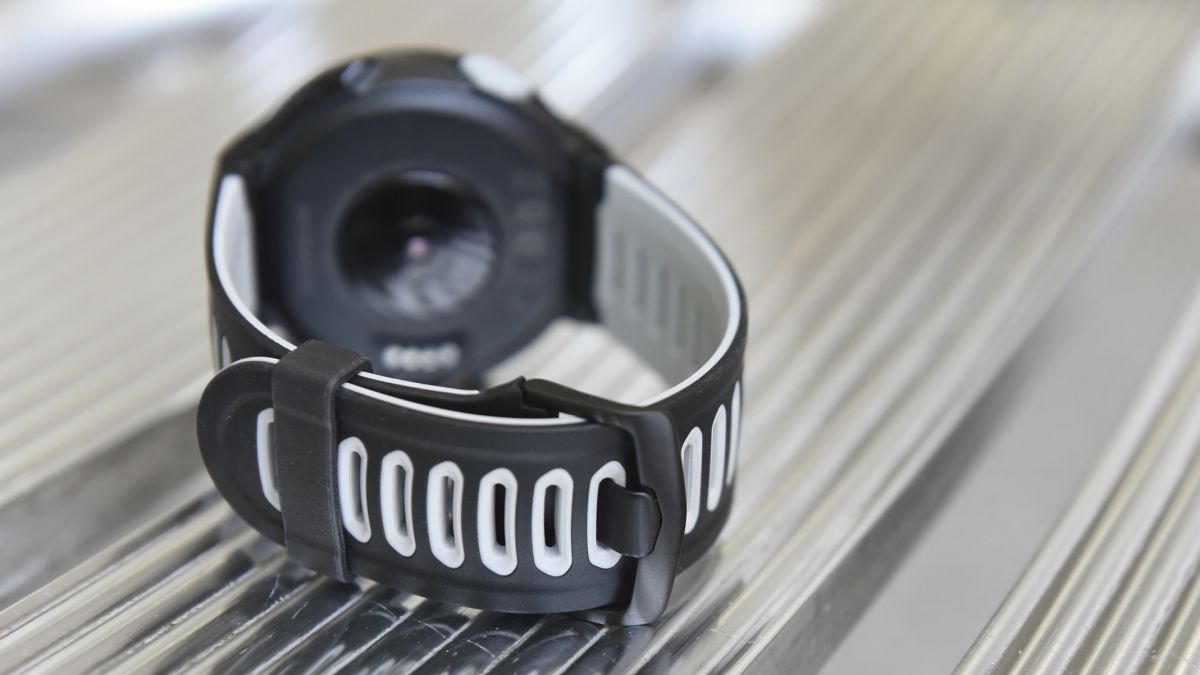
Coros Pace
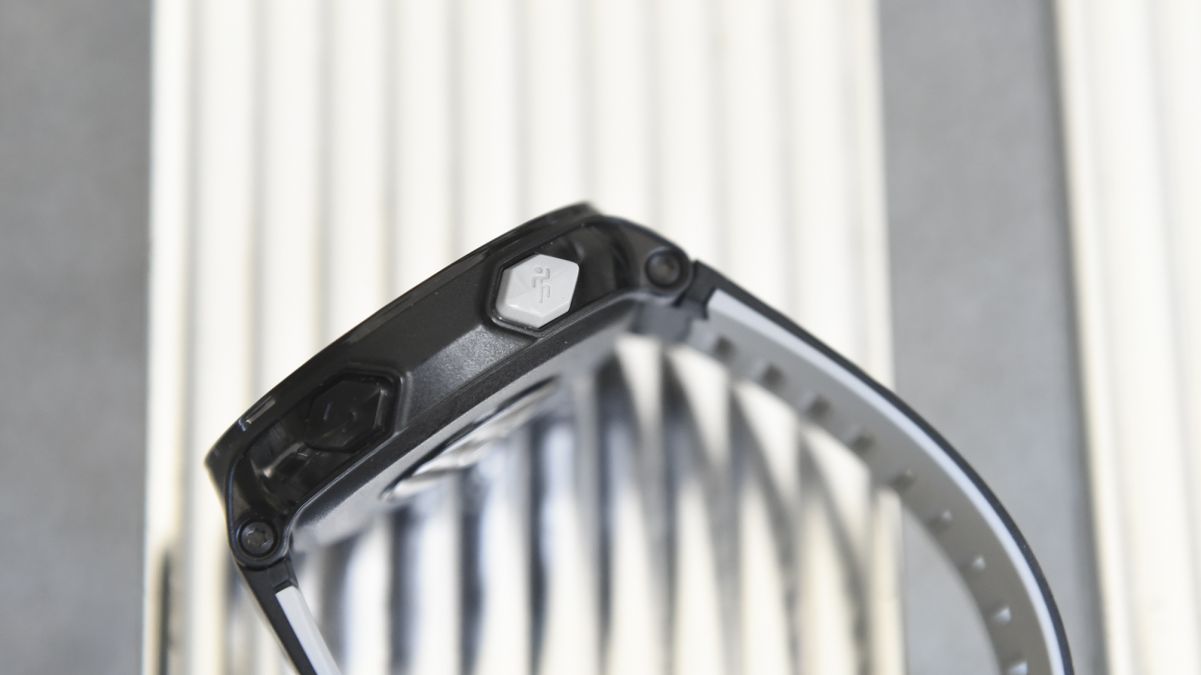
Coros Pace
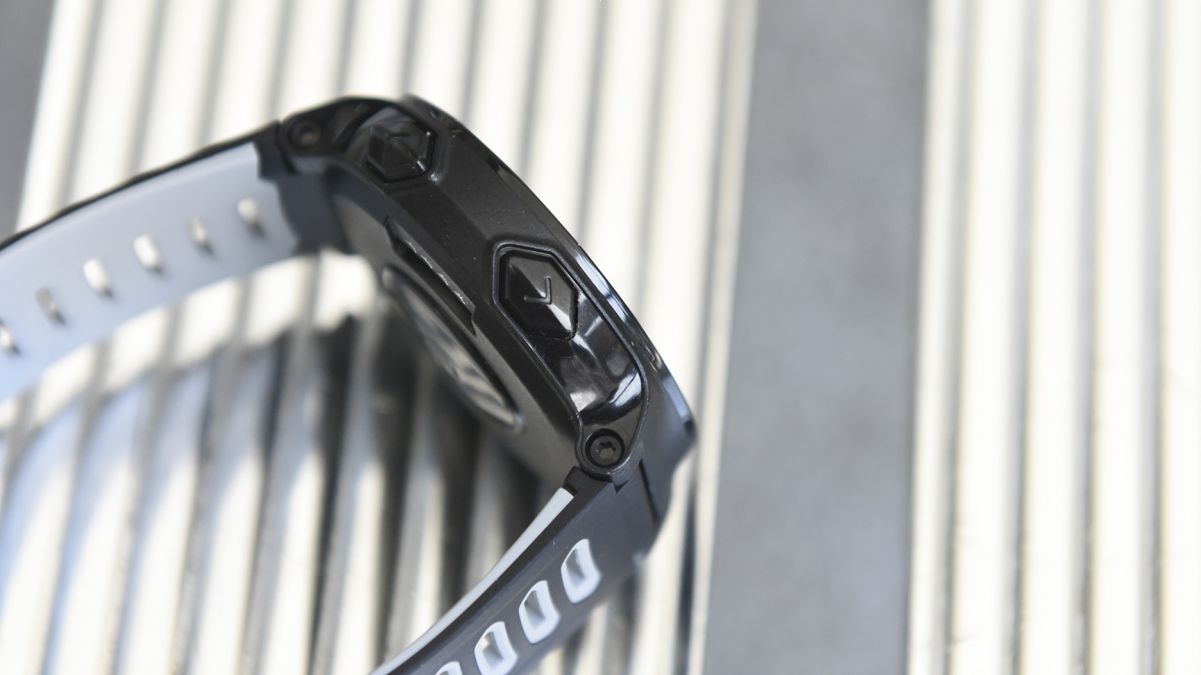
Coros Pace
Credits: Photograph: Monique Woo
Coros Pace In Brief
Coros has its sights firmly set on Garmin with the launch of the Pace, a multisport GPS watch that offers triathletes everything they need to track their training for £250. That’s not quite cheap enough to make the Pace stand out due to its slightly limited feature set, but its impressively easy-to-use interface and frankly mahoosive 25-hour battery life when tracking with GPS makes it worthy of your consideration.
£250, buy on amazon.co.uk
RECOMMENDED: The Best Fitness Trackers
Coros Pace In Depth
Using The Coros Pace For Running
Aside from the current lack of an intervals mode, which is due to arrive this summer, the Coros Pace offers runners of all levels pretty much everything they need. Stats are clearly displayed on the screen mid-run and your heart rate is shown with a colour-coded gauge to show which zone you’re in (yes, like Garmin does – that is very much a theme). You can have up to five data screens with three customised stats on each (the duration of your run is always on screen at the bottom). These have to be set up on the partner app though, so no changes on the fly if you leave your phone behind.
The Pace was reliably fast in locating a GPS signal at the start of a run – I’d say 30 seconds at most, which puts it up there with the best that I’ve tried, perhaps because it uses BDS satellites (the Chinese system) as well as the standard GPS and GLONASS.
More advanced running features include cadence stats and alerts to keep you within a target cadence. There’s also a metronome to help guide you to the cadence you’re aiming for. You can also set the Pace to alert you when you’re in a certain heart rate zone, which can help ensure you’re not working too hard or slacking off.
During the run I found the current pace metric too inconsistent to use for accurate pacing. It’s better to use your lap alerts and average pace, because current pace tends to jump up and down constantly even if you’re running at a seemingly steady pace. That’s true with most GPS watches to be fair – it’s very hard to get accurate instant pace when they’re connecting to satellites. The best thing you can do if you want accurate current pace is get a footpod, but even that won’t be 100% spot on.
Sign up for workout ideas, training advice, reviews of the latest gear and more.
What was slightly more concerning was that the Pace seemed to slightly underestimate the distance on every run, compared with a couple of other watches (one connected to a footpod) and one official race distance. But as with current pace, you can never expect complete accuracy with GPS, and if I wasn’t always wearing two or three trackers like a dweeb I wouldn’t have noticed the difference with the Coros Pace.

One area where the Pace impressed with its accuracy was heart rate tracking. It matched a chest strap beat for beat on easy runs, and when I did a sprint intervals session there was less lag in reading my heart rate spikes on the Pace than on a watch connected to a chest strap. Heart rate accuracy with a watch can differ by person, but I found the Pace to be absolutely top-notch.
After the run, the info syncs rapidly with the Coros app and is well presented on one scrolling screen. There are graphs for pace, cadence, elevation and heart rate (colour-coded), along with lap stats and the total time spent in different heart rate zones. lt might lack some of the in-depth detail you’d get from a higher-end watch in the Garmin app, but in truth everything 99% of runners will need is right there and presented superbly.
RECOMMENDED: The Best Running Watches
Using The Coros Pace For Cycling
The cycling mode on the Coros Pace is very similar to the running one. You get up to five screens of data fields but tailored to cycling, which means speed instead of pace, for example. There’s a dedicated screen of elevation data including a measure of the steepness of the grade you’re currently cycling on – a good stat to have to hand when you’re bragging about the hills you climbed on your ride.
You will be able to connect to separate sensors via both ANT+ and Bluetooth, including power meters, but this wasn’t a feature available at the time of review. It should be available by the end of June.
Using The Coros Pace For Swimming
There are sports modes for pool and open-water swimming on the Pace, the latter essential for a triathlon watch, and both give an impressive level of detail on your activity. In the pool you can set the length to a minimum of 15m and you get a solid array of live data, including distance, average pace, and lap time and pace. The device will also attempt to track your heart rate in the water, but this is not easy and I’d say the results weren’t really accurate enough for me to take much notice of.
After you get out of the pool you get more dedicated swimming stats like SWOLF and stroke rate in the app, and the Pace is also smart enough to reliably recognise your stroke each lap. Again, aside from an intervals mode, the Pace offers everything you’d want from a swim tracker.
I didn’t test the Pace in open water, but the device offers similar stats to in the pool, plus a GPS map of your swim, and you can also set a stroke rate alert on the watch, a useful way to ensure you’re keeping your pace up.
RECOMMENDED: The Best Waterproof Fitness Trackers
Using The Coros Pace To Track Activity
While the Pace is primarily designed to track sports, it will make a decent fist of recording your daily activities. It even puts your daily step count and active calories burned on the watch face (which can’t be changed – sorry, customisation fans). In the partner app there are graphs of your active calories, exercise time, steps and heart rate over the course of the day. You can’t then see these stats in context over a week, month or year, though.
Using The Coros Pace As A Heart Rate Monitor
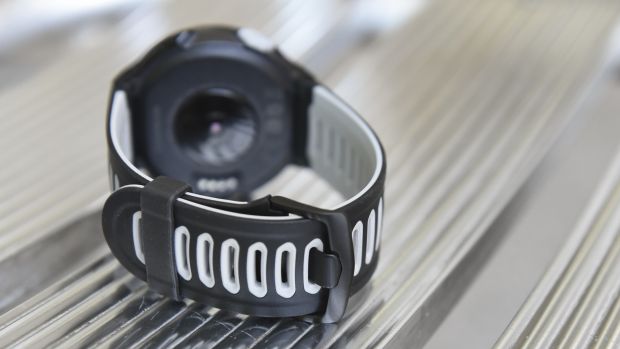
Wear the Pace at all times and you’ll get a graph of your heart rate throughout the day and night, with the high and low points of each 24-hour period picked out. You won’t, however, be given an estimation of your resting heart rate, which is a shame because it’s a useful measure of your overall fitness. A VO2 max score is set to arrive on the watch in June, which is probably more useful to sporty types than resting heart rate, but there’s no reason I can think of for the Pace not to have both.
As mentioned in the running section the Pace is impressively accurate at recording your heart rate during activities and you can set an alert to keep you in a certain heart rate zone.
RECOMMENDED: The Best Heart Rate Monitors
The Coros App
It’s taken the likes of Fitbit and Garmin years to refine their apps, so I give Coros a lot of credit for an app which is pretty great straight out of the gate. There are four tabs in the app: one has your daily activity stats, the next is your sport history, the third is your profile (which includes medals for various sporting achievements and an overall tally of your running, riding and swimming) and the final tab is the Coros Pace page, where you can edit settings on the watch.
All very logical and all very easy to use. That theme continues with the stats on each individual activity. One scrolling page with all the data laid out in simple, attractive fashion. You can also link the app with Strava, but you’ll have to wait for other apps to be supported. Some, like MapMyRun and TrainingPeaks, will be added in June but there’s no info on others as yet.
How Often Am I Going To Have To Charge It?
I’m getting excited just thinking about the battery life on the Coros Pace (I may need to get out more).The 25 hours of GPS puts it in the same league as top-end Garmin and Suunto trackers that cost nearly £500, and Coros has also promised a GPS Eco mode that will sacrifice some accuracy to deliver 40 hours of slightly less precise GPS tracking. That will be useful for ultrarunners, but for most people 25 hours will be plenty.
In my experience, the first charge on the Coros comfortably lasted a couple of weeks when I was running most days and occasionally cycling or swimming. I was wearing the Pace throughout the day the first week and then just for sports afterwards. If you opt for the latter approach, I reckon you might squeeze three weeks out of the battery.
Where Can I Wear It Without People Laughing At Me?
The Pace isn’t horrendously ugly, but it is very clearly a sports watch and the plasticky design will put most off wearing it when not training. It is lightweight and comfortable to wear but it doesn’t have the style of a Fitbit, or the newer Garmins and Suuntos, which are better bets for all-day wear.
Should I Consider Buying Something Else?
This is a bit tricky. At £200 the Coros Pace would be a slam dunk and for £250 it’s still a great price for a full triathlon watch. However, there is competition from the Suunto Spartan Trainer Wrist HR, which is also a multisport watch and has an RRP of £239 (and often costs considerably less on Amazon). I prefer the Coros, even before you consider the substantially better battery life (25 hours of GPS compared with the Suunto’s 10), but the Suunto has better navigation features and more sports modes. You can also usually find the Garmin Forerunner 735XT for £250 (check Amazon), another great triathlon watch with a wider feature set than the Coros Pace. It has a lot more features, in fact, including advanced running analysis, but only 16 hours of GPS battery life.
There are, in short, other great trackers that have more features than the Coros, if not the battery life, at a similar price or cheaper. However, the Coros will get updates to address some of those features, and the lack of features is, in a way, part of the charm because it is so easy to use. If you’re a runner or a triathlete who enjoys simplicity and hates charging things, give the Coros Pace serious consideration.
£250, buy on amazon.co.uk

Nick Harris-Fry is a journalist who has been covering health and fitness since 2015. Nick is an avid runner, covering 70-110km a week, which gives him ample opportunity to test a wide range of running shoes and running gear. He is also the chief tester for fitness trackers and running watches, treadmills and exercise bikes, and workout headphones.
